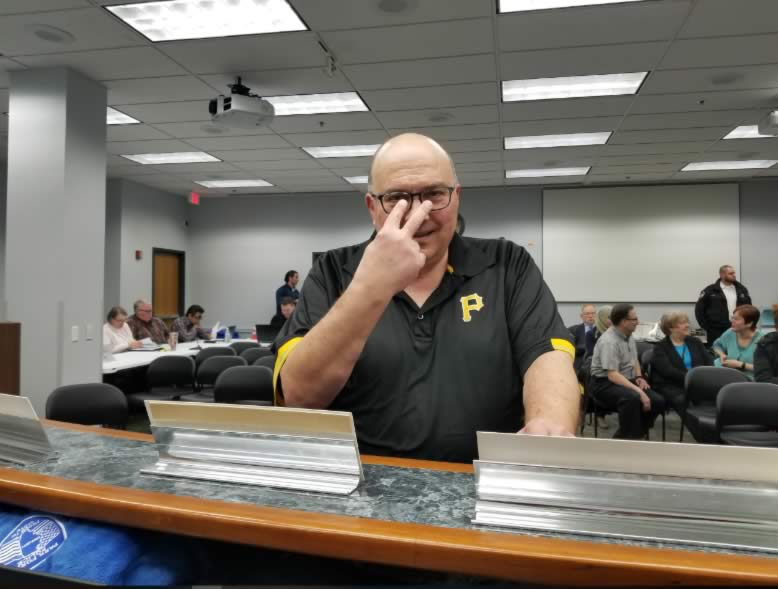Elk Grove Village, IL—(ENEWSPF)—June 30, 2015.
“The American Academy of Pediatrics (AAP) has long been urging FDA to take action on e-cigarettes and their liquid nicotine refills, which have been poisoning children at an alarming rate. Today, the U.S. Food and Drug Administration (FDA) took an important step forward for children by announcing that it is considering new regulations on liquid nicotine.
“Because liquid nicotine comes in a variety of bright colors and in flavors like cotton candy and gummy bear, it is no surprise that it has found its way into the hands of children, with tragic results; late last year, a one-year-old boy died after accidentally swallowing the highly toxic substance. Liquid nicotine poisoning is a public health crisis that is preventable, and warrants immediate action from our federal government.
“Currently, liquid nicotine containers are not required to have the same child-resistant packaging that parents depend on to keep their children safe from products like household cleaners and prescription drugs. FDA and Congress can change that, and they must.
“The FDA has clear authority to keep children safe from liquid nicotine poisoning, and we urge the agency to issue the strongest possible safety standards for liquid nicotine refills as soon as possible. Barring urgent action from the FDA, legislation is necessary to prevent more harm to children from these products. The AAP also supports the bipartisan Child Nicotine Poisoning Prevention Act of 2015, which would require liquid nicotine containers to be child-resistant.
“Every child needs a safe environment, and protecting children from liquid nicotine is essential to ensuring this basic foundation of health.”
###
The American Academy of Pediatrics is an organization of 64,000 primary care pediatricians, pediatric medical subspecialists and pediatric surgical specialists dedicated to the health, safety and well-being of infants, children, adolescents and young adults. For more information, visit www.aap.org and follow us on Twitter @AmerAcadPeds.
Source: www.aap.org








